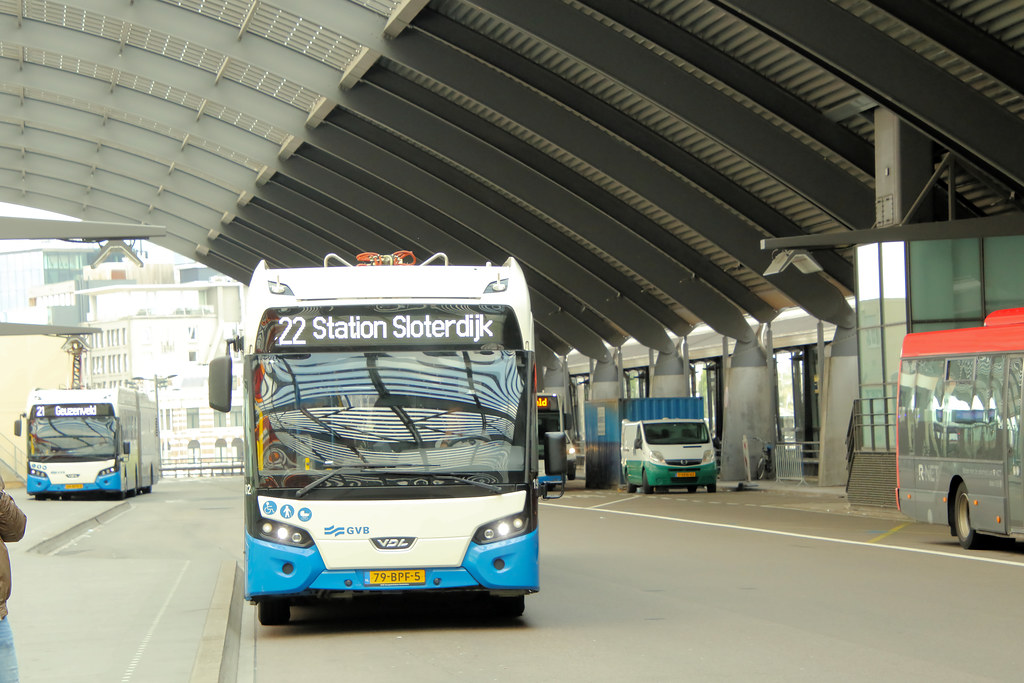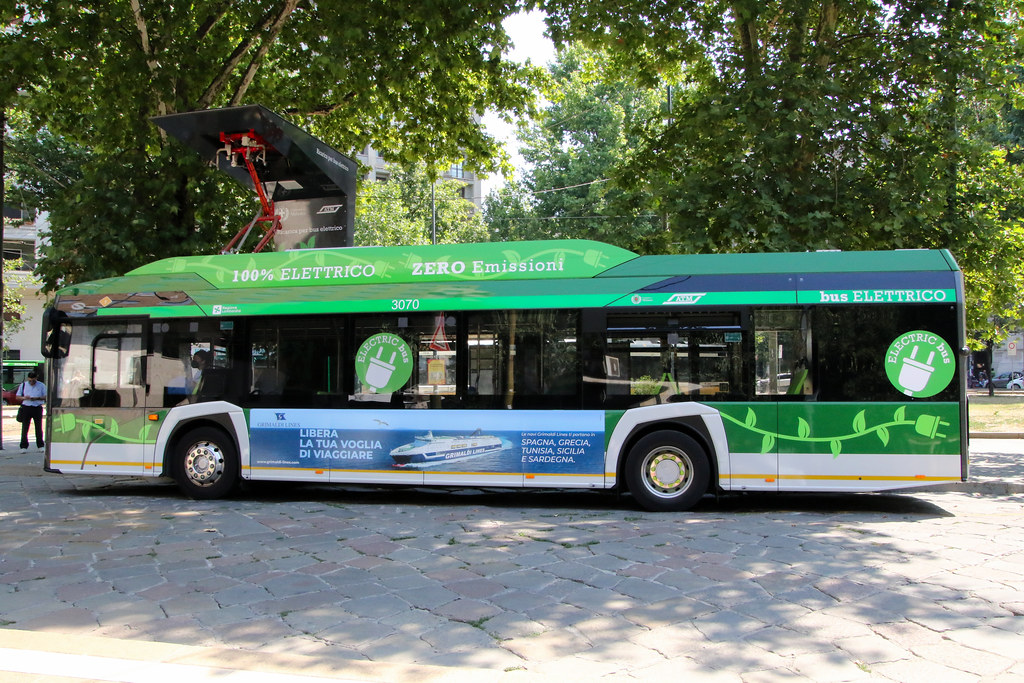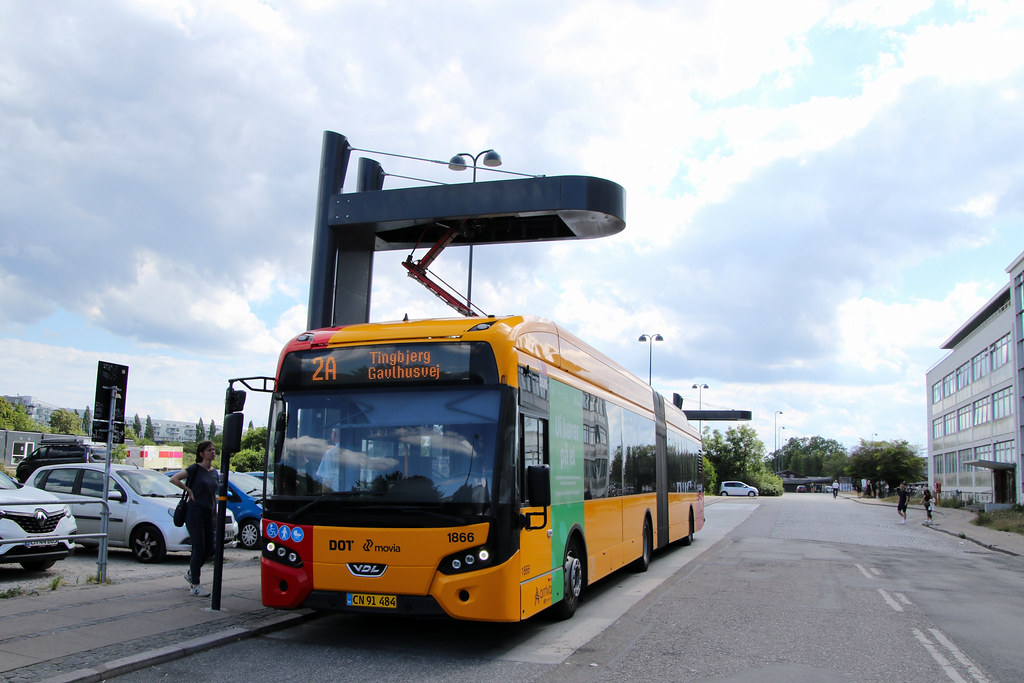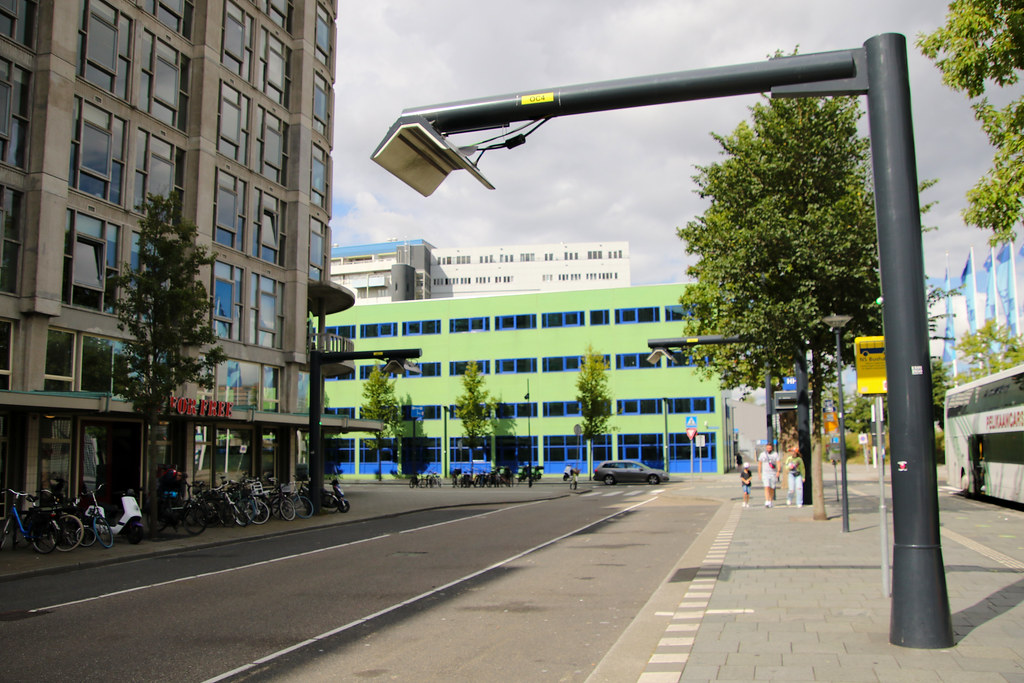Government of Canada invests in Zero Emission Public Transit Infrastructure in Toronto
Toronto, Ontario, April 24, 2023 – Today, on behalf of the Honourable Dominic LeBlanc, Minister of Intergovernmental Affairs, Infrastructure and Communities, the Honourable Chrystia Freeland, Deputy Prime Minister and Minister of Finance, and Ya’Ara Saks, Member of Parliament for York Centre, joined Jennifer McKelvie, Deputy Mayor of the City of Toronto, and Fort Monaco, Chief of Engineering and Infrastructure of the Toronto Transit Commission (TTC) to announced a joint investment of $700 million towards the electrification of the Toronto Transit Commission (TTC)’s bus fleet.
This funding will enable the TTC to purchase 340 zero emission buses and 248 bus chargers. It will also support upgrades to related infrastructure in eight bus garages, including site upgrades, equipment procurement, and charger installations. Once complete, this project will deliver better public transit for Torontonians with access to new, clean and comfortable transit options.
Public transit is key to creating sustainable economic growth and more inclusive communities.
This investment will help the TTC work towards electrifying its entire operations by 2040, and help Canada achieve net-zero emissions by 2050.
By investing in infrastructure, the Government of Canada is growing our country’s economy, increasing the resiliency of our communities, and improving the lives of Canadians.
Quotes
“Cities, including Toronto, have had no greater partner than our federal government. That’s why last July, our government provided $750 million to provinces and territories to support municipalities facing pandemic-related transit shortfalls. Today’s investment in electric busses delivers new, more comfortable options for Torontonians, and will help the city reduce both its emissions and fuel costs. This investment is yet another example our work to build affordable and sustainable transit for Canadians in communities from coast to coast to coast. To reach our emissions reduction target of net-zero by 2050, we need to reduce greenhouse gas emissions in the transportation sector and ensure riding transit is a quick and comfortable option. Today’s investment in electric busses delivers new, more comfortable options for riders, and helps the TTC reduce both its emissions and fuel costs. Our government’s investments in zero-emission busses for the City of Toronto is one more example of our work with partners across the country to build sustainable transit in communities from coast to coast to coast.”
The Honourable Chrystia Freeland, Deputy Prime Minister and Minister of Finance, on behalf of the Honourable Dominic LeBlanc, Minister of Intergovernmental Affairs, Infrastructure and Communities
“The City of Toronto is proud to work with the Government of Canada to invest in cleaner and greener transit infrastructure. This major investment by our two governments will add 340 zero emission buses to our TTC fleet along with the infrastructure to support those vehicles. This is good news for our transit system and the environment. Thank you to the federal government for working with our municipal government to invest in public transit infrastructure for the future.”
Jennifer McKelvie, Deputy Mayor of the City of Toronto
“Zero-emissions vehicles are the future of public transit and I am grateful for the generous support of the federal and municipal governments on this project. We are proud to be paving the way for transit electrification across North America as we work towards our goal of being completely zero-emissions by 2040. We are also pleased to be bringing new, clean, quiet vehicles to customers and employees across the City of Toronto.”
Jon Burnside, Toronto Transit Commission Chair
Quick facts
The Government of Canada is contributing $349 million to this project through the Zero Emission Transit Fund. The City of Toronto is contributing $351 million.
In August 2021, the federal government announced the $2.75-billion, five year Zero Emission Transit Fund, which is currently accepting applications under both, the Planning and Capital streams. Eligible applicants can seek funding to help cover planning and capital costs related to the electrification of school and transit fleet, including the purchase of zero emission buses and associated infrastructure. This Fund is closely coordinated with the Canada Infrastructure Bank’s commitment to invest in zero emission buses as part of its Growth Plan.
More information on the Zero Emission Transit Fund – and other public transit related programs, such as the Active Transportation Fund and the Rural Transit Solutions Fund – including details on eligibility, and how to apply for funding, can be found at the links below.
In February 2021, the Prime Minister announced The Government of Canada is investing $14.9 billion for public transit projects from 2021 through 2029. over eight years in reliable, fast, affordable, and clean public transit. This funding includes $3 billion per year, beginning in 2026-27, of permanent and stable in long-term, predictable federal public transit funding which will be available to support transit solutions beginning in 2026/27.
Since 2015, the Government of Canada has invested over $24.8 billion in transit projects across the country, providing Canadians with cleaner and more efficient commuting options.
These public transit investments complement Canada’s strengthened climate plan: A Healthy Environment and a Healthy Economy. The plan commits the federal government to provide permanent federal funding for public transit in support of making clean and affordable transportation available in every community.









